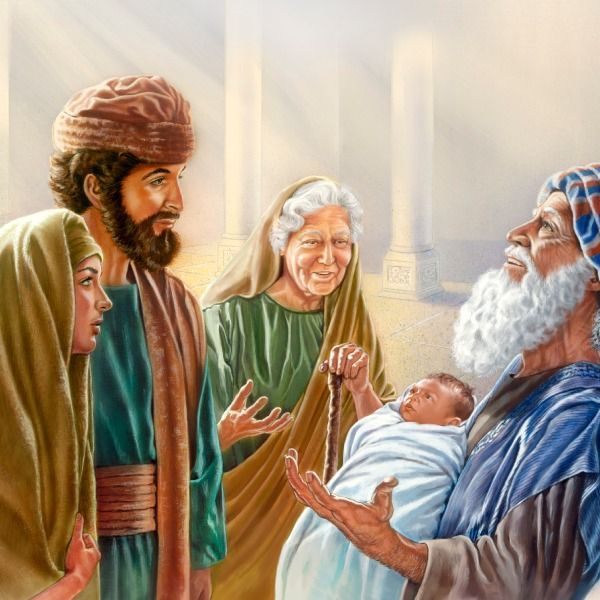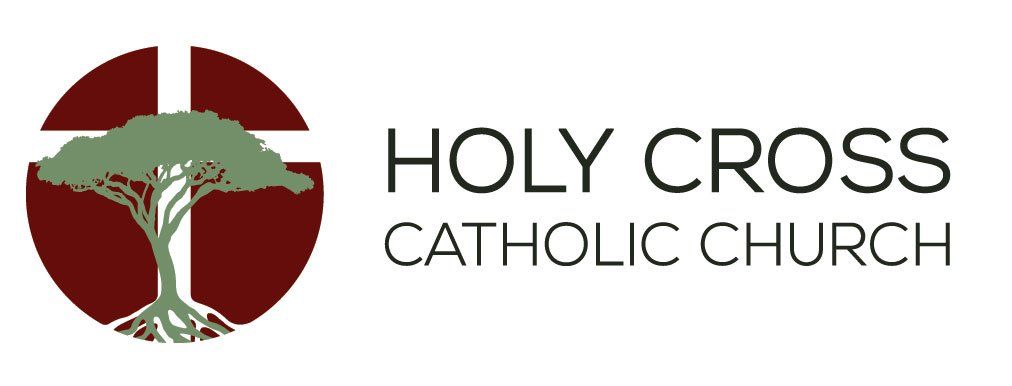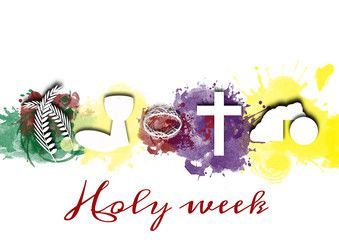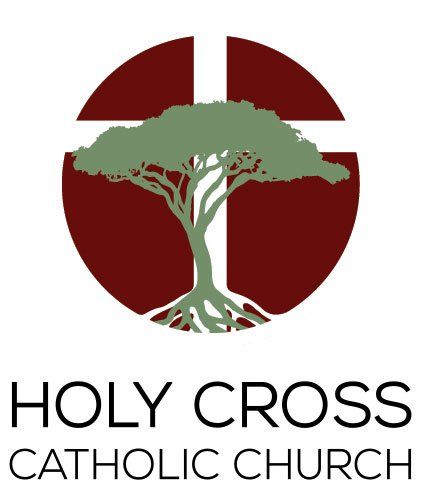Deacon Corner—Feast: Presentation of the Lord | February 2

Mary and Joseph were faithful Jews who obeyed the Law of Moses. Jewish Law prescribed that two ritual acts needed to take place for a firstborn son.
First, a mother of a newborn son was ritually unclean for seven days, and then she was to “spend thirty-three more days in a state of blood purity” (Leviticus 12). m During these forty days she was not to “touch anything sacred nor enter the sanctuary till the days of her purification are fulfilled.” For this reason, today’s feast has at times been called the “Purification of Mary.”
Second, the father of the firstborn son was to “redeem” the child by making an offering to the priest of five
shekels so that the priest would then present the child to the Lord (Numbers 18:16). Recall that the firstborn
male of all the Egyptians, animals and children, were killed during the tenth plague, but the firstborn males of
the Israelites were spared. Thus, this offering made for the firstborn son in the Temple was a way of ritually
redeeming them in commemoration of that plague. Since Jesus was presented in the Temple for this redemption, today’s feast is now referred to as the “Presentation in the Temple.”
“Candlemas” is also a traditional name given to today’s feast because, as early as the fifth century, the custom
of celebrating this feast with lighted candles developed. The lit candle symbolized Simeon’s prophecy that
Jesus would be “a light for revelation to the Gentiles.”
Lastly, this Feast has been referred to as the “Feast of the Holy Encounter,” because God, in the Person of Jesus, encountered Simeon and Anna in the Temple.
Today’s feast is celebrated in our Church forty days after Christmas, marking the day that Mary and Joseph
would have brought Jesus into the Temple. Though Mary was pure and free from sin from the moment of her
conception, and though the Son of God did not need to be redeemed, Mary and Joseph fulfilled these ritual
obligations.
At the heart of this celebration is the encounter of Simeon and Anna with the Christ Child in the Temple. It is
in that holy encounter that Jesus’ divinity is manifested by a human prophet for the first time.
At His birth, the angels proclaimed His divinity to the shepherds, but in the Temple, Simeon was the first to understand and proclaim Jesus as the Savior of the World. He also prophesied that this salvation would be accomplished by a sword of sorrow that would pierce the Immaculate Heart of Mary. Anna, a prophetess, also came forward and “gave thanks to God and spoke about the child to all who were awaiting the redemption of Jerusalem.” (Luke 2:38). Thus, these ritual acts were also a moment in which Jesus’ divine mission was made manifest to the world. - (Source: My Catholic Life)











